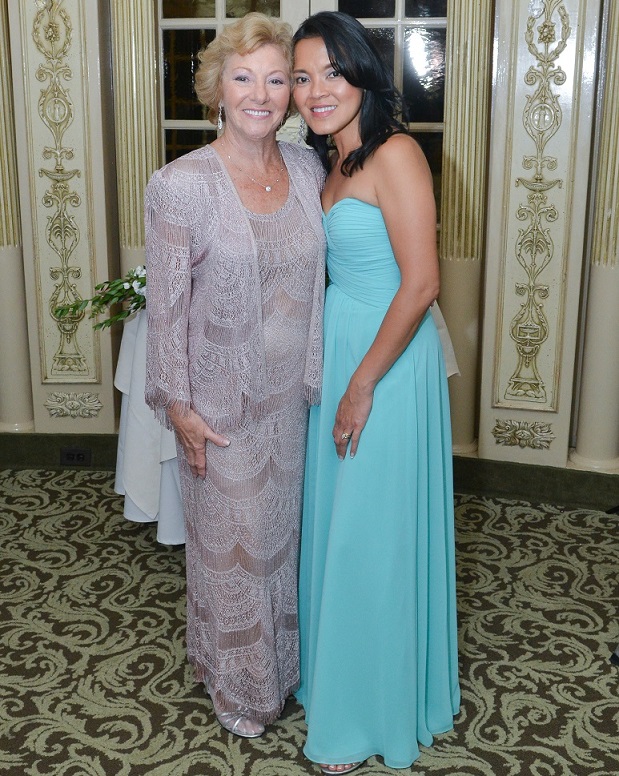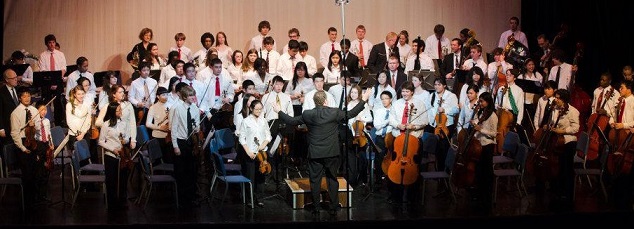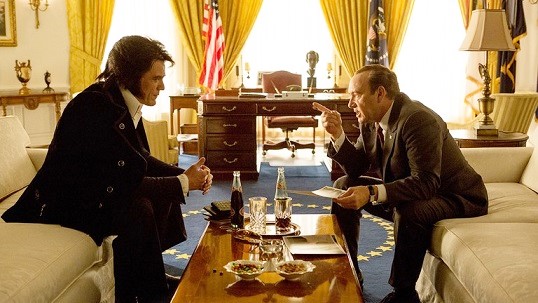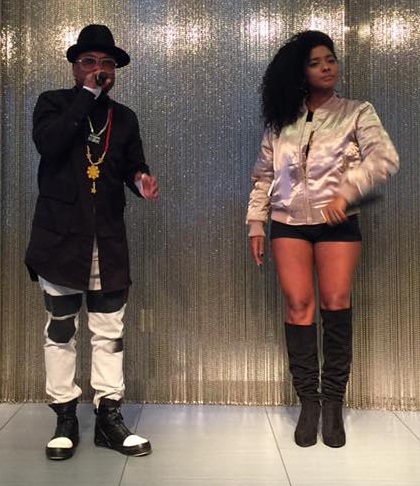‘The current state of Philippine collections is problematic’ (Part 2)
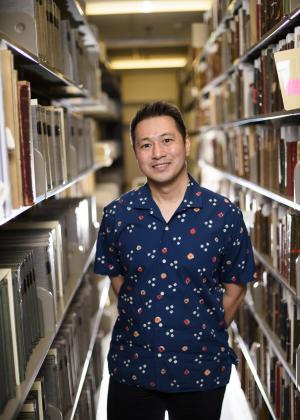
By Sarah Derouin
Ricky Punzalan has his own layered history with the Philippine collections. “The University has a record of bringing Filipino scholars, during the early colonial years up to even the present, to study here,” he says, adding that he was one of these students. When he returned to U-M as a faculty member, he wanted to tackle the issues with the Philippines collections. “This project is deeply personal,” he says. “This is not just scholarship — it’s a mission to make this collection accessible beyond scholarly use and bring these materials to all communities.”
Punzalan points out that these collections created a knowledge infrastructure for the University, including the creation of the Department of Anthropology. But he argues that the current state of Philippine collections is problematic. “I believe that the existence of these collections, however well-meaning, continues to perpetuate the colonial harms: the racist information, the continued offense and disregard of Indigenous Filipinos, the continuous display of these items without correct attribution… it’s insulting.”
For example, often the collections are named for the white collector, not the people or communities the artifacts originate from, says Punzalan. In addition, collection records are not integrated into one searchable catalog. This makes finding things difficult to downright impossible, especially for a community member who may not be familiar with the many libraries on campus.
That is where the ReConnect/Recollect team comes in. After receiving their $500,000 grant in the summer of 2021, they started a two-year pilot project to create a framework and set of practices that can introduce a contemporary model for curation. Their goal is to create interventions that will repair harmful curation practices of the past, and repair connections with the community and scholars.
While the group is inspired by decolonization efforts in Native American collections, Punzalan points out that the approaches that work in North America aren’t transferable to the Philippine Collections. Instead, the group is creating unique efforts that reflect Filipino communities.
“The history of colonization in other parts of the world is different; the Philippines is not like the U.S. where Europeans came and never left,” says Punzalan. Many of the artifacts were collected as a result of colonization and war. For example, when American soldiers came to the Philippines they returned to the States with letters and photographs, as well as materials that were confiscated from Filipino revolutionaries.
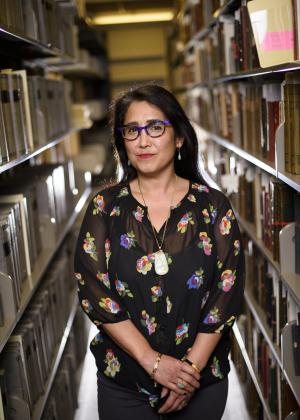
“No archive or museum collection is just ‘there,’ passively and neutrally awaiting the researcher’s discovery and interpretation,” says de la Cruz. “There are always stories of power and prejudice inherent in colonial collections’ very existence — voices silenced, people and cultures made invisible, white supremacy inscribed and reinscribed.”
The ReCollect/ReConnect team is facing these truths head on and evaluating the most culturally appropriate and respectful way to handle this sensitive material. Part of that work means that decisions aren’t made in a vacuum. The team is engaging with members of the Filipino community, both locally and internationally.
Punzalan says ReConnect/ReCollect is a community-focused endeavor, not simply a scholarly approach. “We are working with an advisory board,” he says, adding that board members either work directly with Filipino communities or are members of the community themselves. “We invited them on purpose, because they can help us facilitate conversations with community members.”
The team knows the descriptive records need to be fixed and findable, both for scholars and community members alike. “To me, these materials are about people,” says Punzalan. “How do we make this collection accessible beyond scholarly use?”
Part of that means thinking about who might be interacting with the collections.
“How do we bring this to Indigenous communities in the Philippines, where there might not be any reliable wireless internet?” says Punzalan. To help them reimagine collection exhibition efforts, ReConnect/ReCollect is bringing in a group of artists to interact with the collection and brainstorm alternative paths to connecting with communities beyond a campus visit.
Only the beginning
“I cannot emphasize enough how excited, how hopeful I am about this project,” says Punzalan. “Finally, there’s a real recognition of the need to fix the harms and repair the broken relationships between institutions, communities, and collections.”
The team is just in the first year of their two-year pilot program, but Punzalan knows this is not a short-term endeavor.
“I was telling my colleagues, ‘Let’s not delude ourselves and say that we will answer this question in two years — this is going to be more of a career project,” he says. Even as they create models for preservation and interaction, the ReConnect/ReCollect will continue to grow and evolve.
It’s this growing community that encourages Punzalan to undertake such a big project. “I took a major leap contacting and collaborating with my colleagues,” he notes, adding that he now feels the group has equal ownership of the project. “That’s a success. I can walk away or die tomorrow and I know the project will continue. That’s how you know that you’ve created something really meaningful.”
Sarah Derouin is a public relations specialist at the University of Michigan School of Information. This article is being republished with permission from the UM’s ReConnect/ReCollect project.


